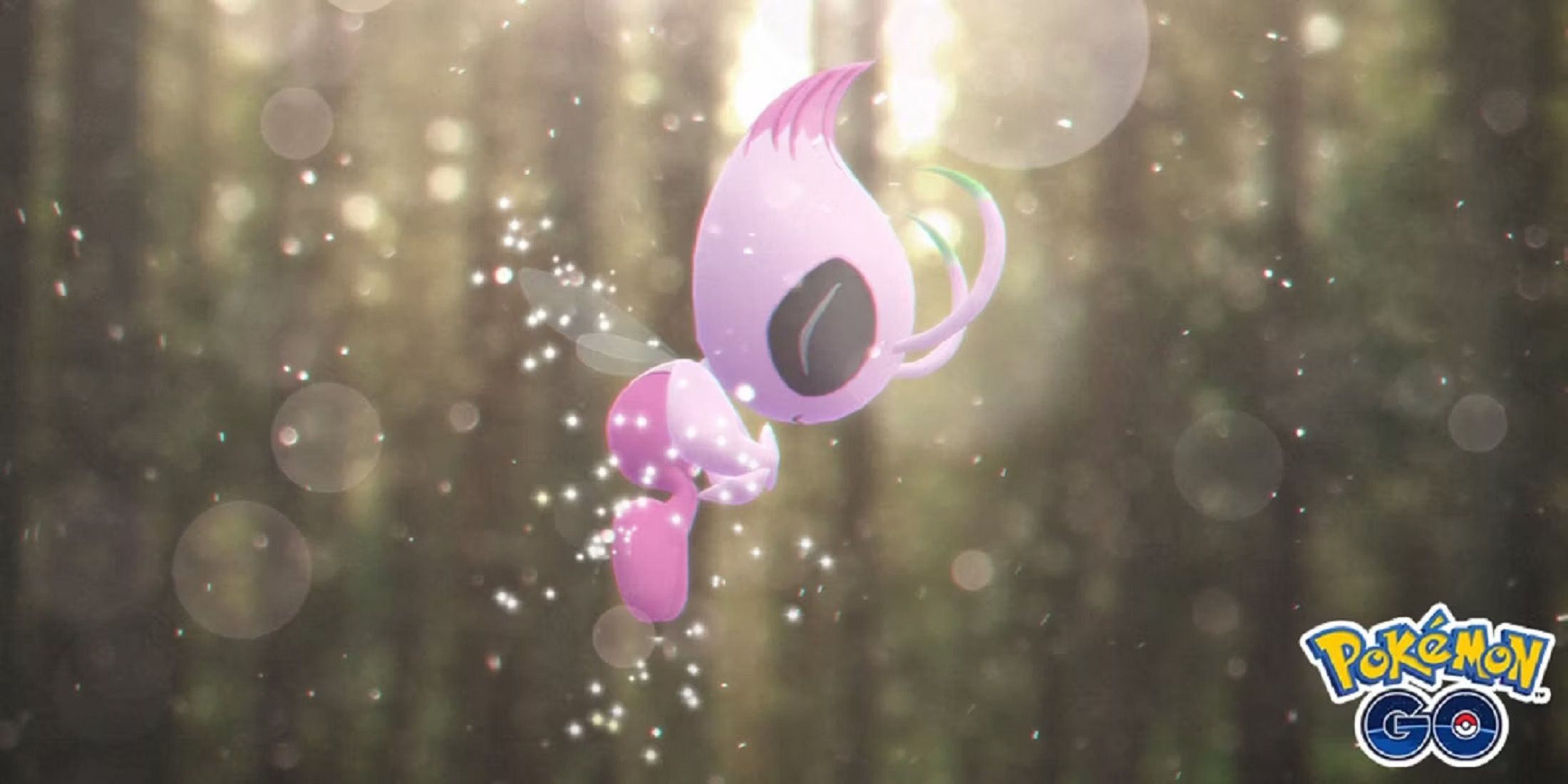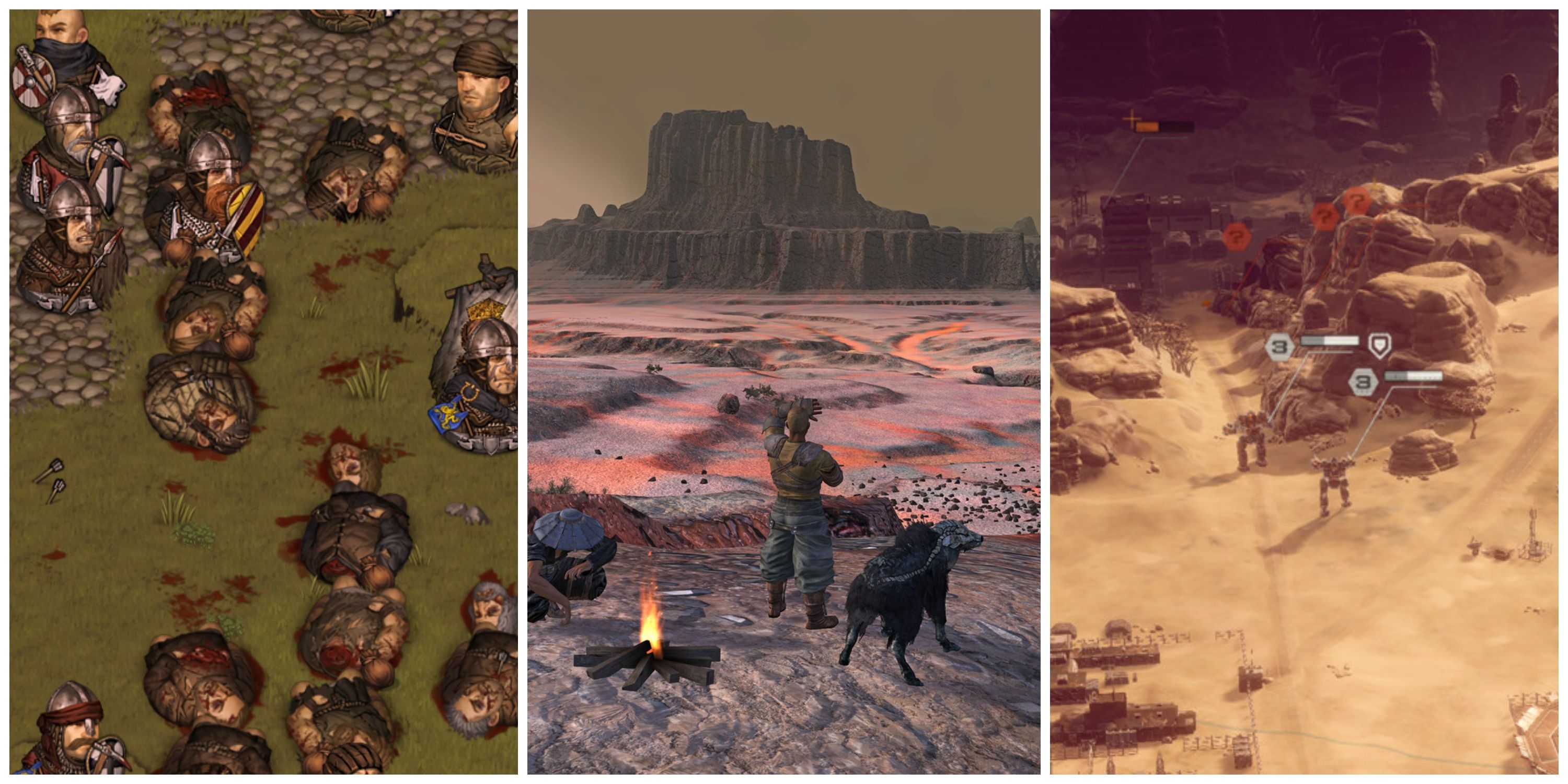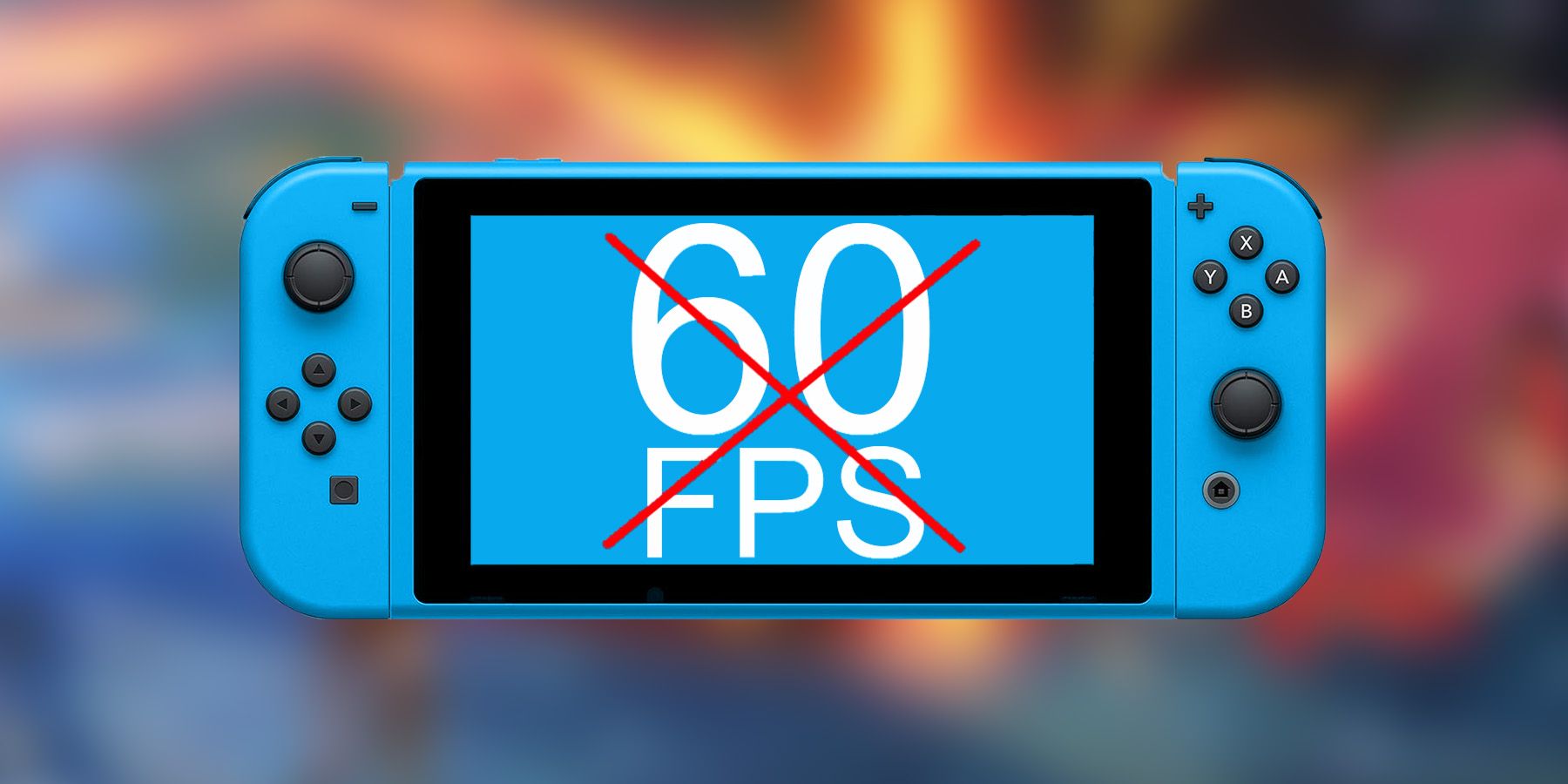Highlights
- PlatinumGames spent "a long time" trying to make Bayonetta Origins run at a stable 60 FPS.
- The studio even considered a variable frame rate cap, but scrapped the idea because going from a stable 60 to 30 FPS "felt extremely jarring."
- Bayonetta Origins ultimately ended up running at a variable frame rate.
PlatinumGames went to great lengths in its attempts to make Bayonetta Origins: Cereza and the Lost Demon run at a stable 60 frames per second on the Nintendo Switch. That's according to a senior company official, who recently offered some keen insights into the studio's decision to ultimately abandon the idea of trying to make its Switch meet that performance target.
The issue of frame rate has long been a source of never-ending debates among gamers. Hitting a stable 60 FPS is generally considered more important when it comes to genres that emphasize reaction times, like first-person shooters or action games in the vein of Bayonetta Origins.
PlatinumGames Tried Making Bayonetta Origins Stable at 60 FPS 'For a Long Time'
Although the latest Bayonetta game didn't attract too much scrutiny with regard to its frame rate, its director, Abebe Tinari, has now revealed that the studio was still doing its best to hit a stable 60 FPS. Reflecting on the debate about the Paper Mario: The Thousand-Year Door remake's frame rate, Tinari revealed that he empathizes with Nintendo's decision to cap the game at 30 FPS, stating that PlatinumGames tried to make Bayonetta Origins stable at 60 FPS "for a long time."
While the developer managed to achieve some impressive things with Bayonetta Origins, it eventually had to abandon its original performance target, finding it unfeasible to meet without sacrificing too much fidelity. Elaborating on that point, Tinari explained that Cereza and the Lost Demon's art style is dependent on post-processing effects that may not seem obvious individually, but all come with a performance cost. Doing away with VFX just to hit a stable 60 FPS would have hence had a major impact on the game's visuals, which were widely touted as one of its biggest strengths.
A Variable Frame Rate Cap in Bayonetta Origins 'Felt Extremely Jarring'
While PlatinumGames did manage to make Bayonetta Origins' Tír Na Nóg stages run at a stable 60 FPS, the developer was unable to maintain that performance target in the forest levels. It eventually found itself with a choice between having a variable frame rate and capping the entire game at 30 FPS. This was after the studio considered a variable frame rate cap that would limit some levels to 30 FPS while allowing others to run at double that rate. The idea was abandoned because going from 60 to 30 FPS "felt extremely jarring," Tinari said.
Following extensive testing, the studio decided that a variable frame rate offered the best compromise between performance and realizing its artistic vision. Tinari suggested he's certain that Nintendo did something similar with The Thousand-Year Door remake, concluding that the decision to cap that game at 30 FPS certainly wasn't made lightly, or out of laziness, like some people have suggested on social media.





